You just bought a smart car battery charger and now it shows you a "FLO" code on the display. It seems like an error code, but you are confused as to what this means and how to fix it. We've researched everything about this code and figured out its real meaning.
A "FLO" code display means that the car battery charger is float charging. Float charging is a process where the voltage of a car battery is kept constant by supplying a steady stream of voltage to the battery, even after the battery is completely charged.
Your car battery's capacity to hold a charge is important for your car, but there's not much you can do to increase its capacity. However, you can improve the longevity and maintain its charge capacity by float charging it when it's already full. Learn more as discuss how float charging can help your car battery last longer.
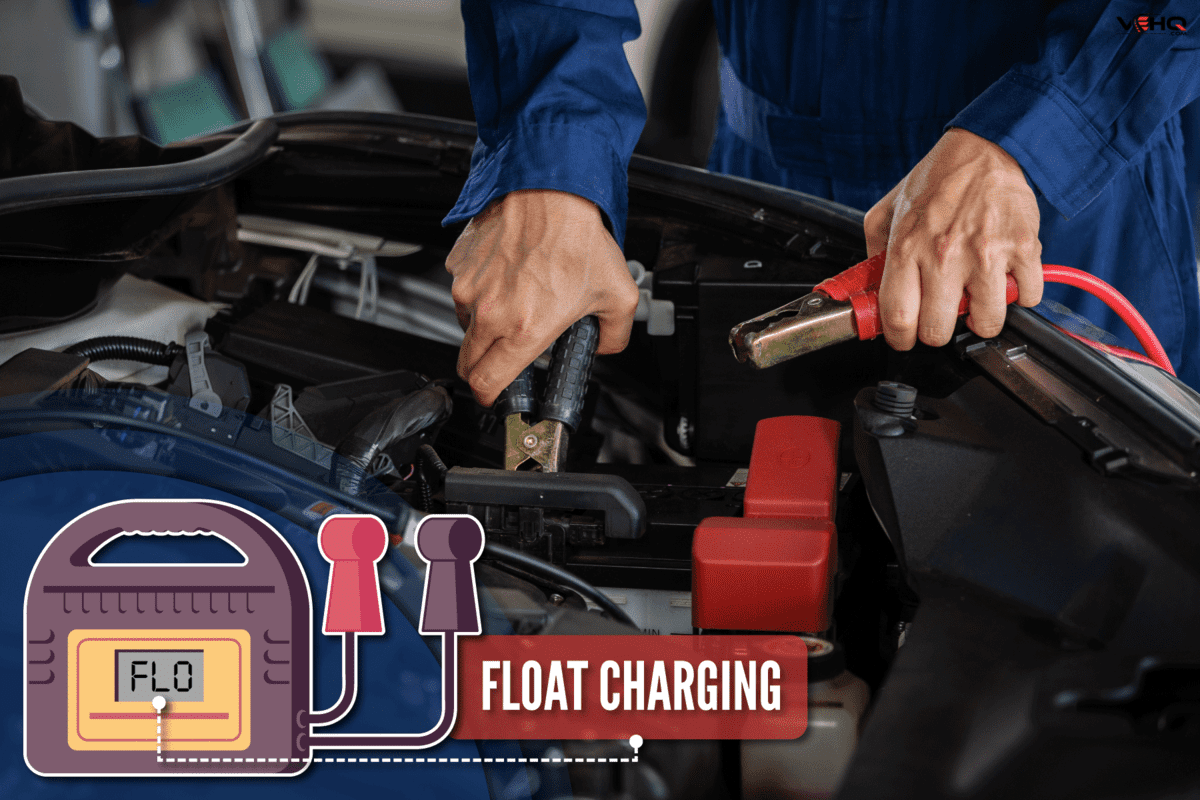
What is Float Charging Exactly and How Does It Help Your Car Battery?
A car battery will self-discharge right after it's fully charged, but the discharge rate is too negligible to be noticed. As a result, your battery is actually less charged than you think. This can have a negative effect on your car and its performance over time if tolerated.
In order to avoid this problem, you can use float charging. Float charging is a battery management system that prevents your battery from being drained by keeping it at full capacity and preventing it from discharging.
The amount of voltage supplied during float charging is just enough to maintain the battery voltage at full capacity. This means that the voltage discharge rate is being compensated for and canceled out by the float charger.
How Does Float Charging Help Your Car Battery?
It's important for a car battery's voltage to be maintained to its maximum capacity to keep the battery healthy.
If the battery is discharged below its maximum capacity, it will slowly discharge itself over time and will develop sulfation faster than it would have otherwise. This can lead to a shortened lifespan and lower battery life.
You can use float charging if you're planning to store your car's battery for several days or even weeks. Float charging is performed when the car battery is not being used for a long period of time.
Can You Overcharge a Car Battery Through Float Charging?
Technically, float charging is not the same as battery charging. Your battery charger may have a float charging feature but it's different than what it would do to charge a car battery.
Battery charging is the process of supplying electrical current to a battery in order to increase its state of charge. Float charging, on the other hand, is the process of providing electrical voltage to a battery to maintain its voltage.
Overcharging only happens when a battery is already fully charged and additional voltage is supplied through the battery’s terminals. This causes the voltage of the battery to rise above its normal operating voltage.
Unlike floating charge where the voltage supplied is proportional to the discharge rate, battery charging can causes the battery voltage to rise exponentially, thus causing an overcharge.
This is why smart car battery chargers have a safety feature that will stop the battery from being charged if it goes above the normal operating voltage. To properly charge a battery, you need to monitor the voltage and current of the battery at all times.
You don't have to worry about doing this manually as smart car battery chargers have advanced microprocessors that automatically detect voltage and current for you.
This enables them to make the necessary adjustments to optimize battery charging and float charging as well.
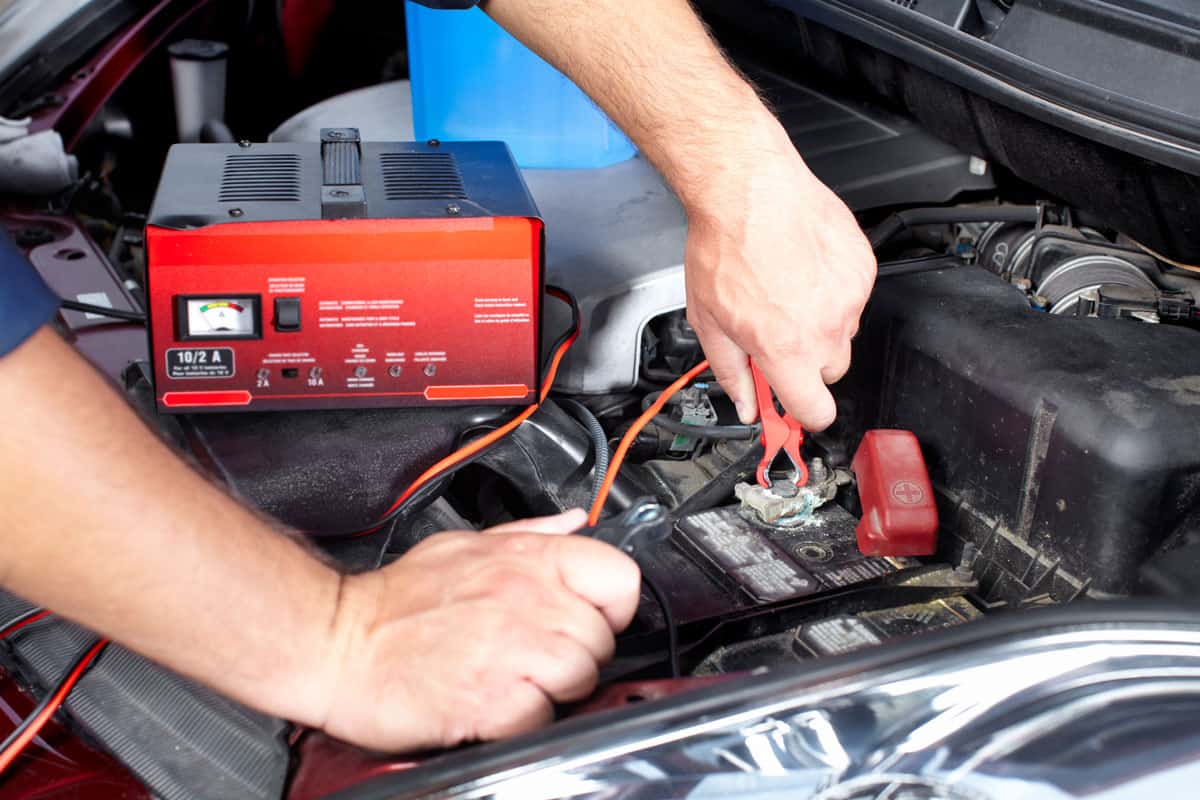
Common Issues That Car Battery Chargers Detect When Charging
The error codes that your battery charger may differ from other battery chargers, so we'll just talk about the common issues that are typically detected by car battery chargers when charging car batteries.
Short Circuit Battery (F01)
There are several reasons a battery cell could have a short circuit. One of the most common reasons is when the battery gets overheated or exposed to extreme temperatures. Overheating of the battery's chemical elements can cause a short circuit.
In this scenario, the battery's cell has lost its ability to accept a charge from a battery charger. When a cell has a short circuit, it will continue to discharge itself until all of its energy is used up.
The best course of action is to replace a battery immediately if you observe it having a short circuit because it won't be of any use to you anymore.
Another reason is a manufacturer defect. Check if your car battery is still covered under warranty and see if it's eligible for a replacement.
Excessive Load (F01)
A car battery charger has a certain voltage that it requires to properly charge a car battery. When the charger detects there's a high current draw (meaning there's a large amount of power being pulled) while charging, it will automatically shut down.
Car battery chargers have a limit set as to how much current they can deliver in every charge cycle before shutting down. They will typically warn you when the current exceeds this limit.
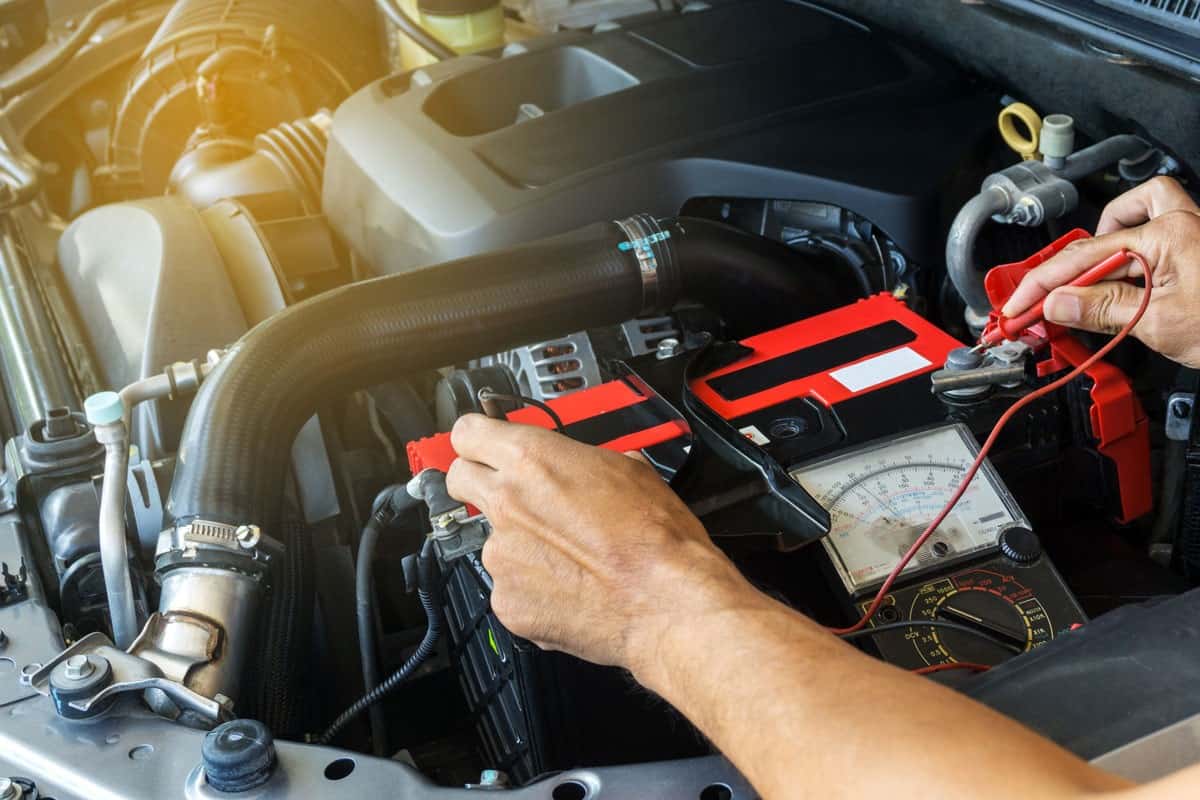
Bad Connection (F02)
If the car battery charger says that there's a bad connection, this means that there's no current flowing between the positive and negative terminals. Since there's no current flowing, there's no charge being applied between the terminals.
If the car battery charger is giving you a "bad connection" message, then the problem is probably not with your battery charger but with the battery itself.
Whenever you are faced with this dilemma, you can use a spare battery that is good enough to be used to check if it's a battery charger issue.
Hook the spare battery up to the battery charger and see if it works. If it does, then have a look at the terminals of the battery in question.
If the terminals are corroded, then you've found what's causing it! Corrosion is the main culprit when it comes to bad connections. You can clean and de-rust the terminals with PB Blaster.
Check out PB Blaster on Amazon.
Battery Voltage Insufficient to Receive Charge (F02)
A smart car battery charger will detect the voltage level of a battery and be able to tell you the charge state of a battery. It analyzes and uses the voltage levels to tell you whether the battery can still accept a charge or if it's beyond redemption.
Smart car battery chargers are able to do this because they are programmed to initiate charge when a certain voltage threshold is reached.
When the charger determines that the battery has enough voltage to be able to accept the charge, the charger will be able to connect the battery and begin charging it.
Other smart car battery chargers claim that they can charge a completely dead battery as effectively as manual car battery chargers do but it's a claim that is still subject to verification. These super smart car battery chargers are already out on the market.
Check out this smart car battery charger on Amazon.
Open Cell or Sulfated Cell (F03)
If you see your car battery charger reporting that there is an open cell inside of your car battery, it can be a sign that your car battery is nearing the end of its life.
Most car chargers will show up an open cell message as a warning sign that one of your battery's lead plates is suffering from physical damage.
When one of the lead plates of a car battery is damaged, the electrochemical reaction that produces voltage will become unstable.
A car battery operates because of chemical reactions. When there are not enough lead plates to provide a continuous flow of these reactions, the battery will begin to lose capacity and voltage.
Overtime Condition (F04)
An overtime condition means the battery charger has been running for a long period of time. Some smart car battery chargers are programmed to charge continuously within a specified time limit and will not accept a charge if the time limit is exceeded.
The Charge Setting is Too Low (F04)
A smart car battery charger monitors the battery charge rate. This is the amount of electric current used to charge the battery.
More often than not, smart car battery chargers will only charge your battery at a certain charge rate. Most smart car chargers will alert you if they detect that the battery charge rate is set too low.
If the charge rate is set too low, your car battery is at a long standstill undercharged since it takes a long time for the battery to be fully charged. This can expedite the sulfation of battery plates and shorten their lifespan.
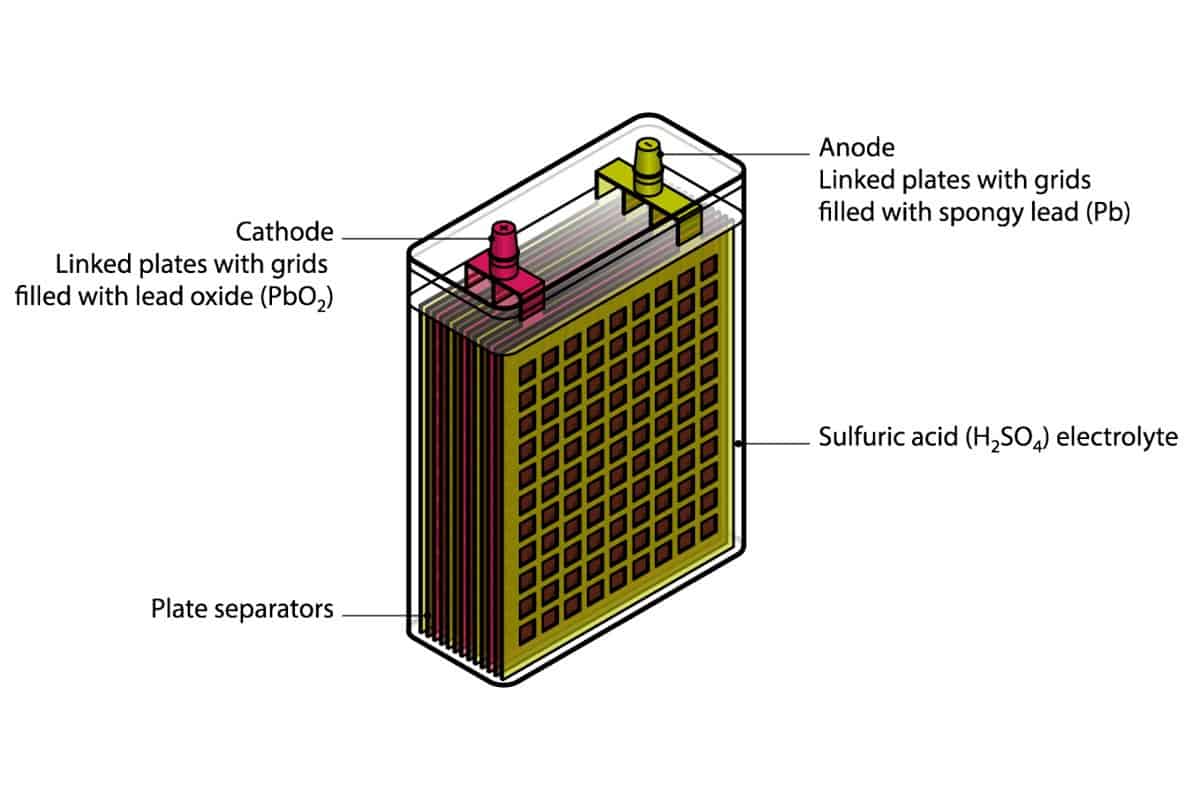
Overheated (F05)
An overworked battery charger will eventually overheat. A car battery charger can indicate an overheated condition because it has the ability to measure the temperature of its circuit. This is done through the use of a thermistor.
Reverse Polarity (F06)
A smart car battery charger can detect reverse polarity by analyzing the current that goes through the battery terminals. If there is a flow of electricity that is flowing in reverse through the battery terminals, it's going to show the F06 error code on the display.
Reverse polarity is a common problem when someone doesn't know which clamp should go to the positive and negative terminals. It happens when the positive and negative clamps of a car battery charger are hooked up the other way around.
Fortunately, it's a simple fix. All it takes is removing the clamps and reattaching them correctly. Red is positive while black is always negative.
In Closing
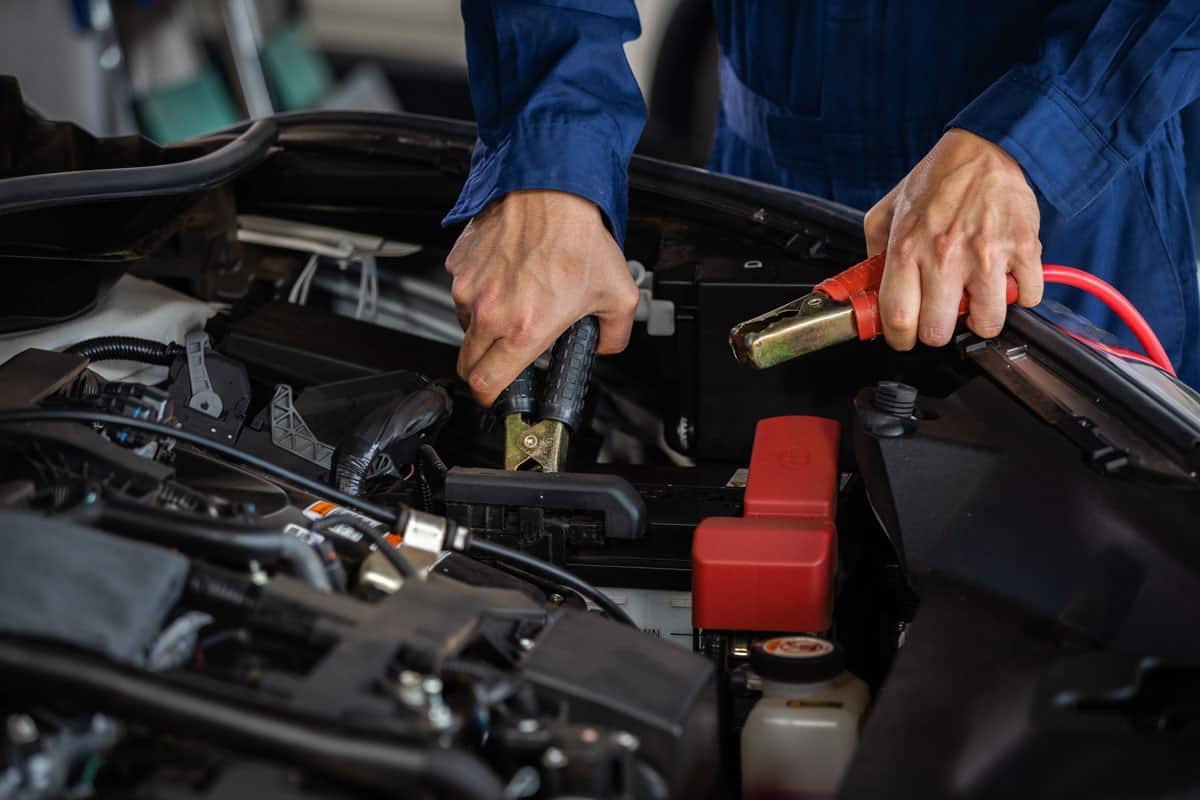
A "FLO" code on your smart car battery charger display indicates that the battery is being charged in float mode. This is done to ensure that your battery is always fully charged, which reduces the risk of losing power while the car is not running.
You might also like:


